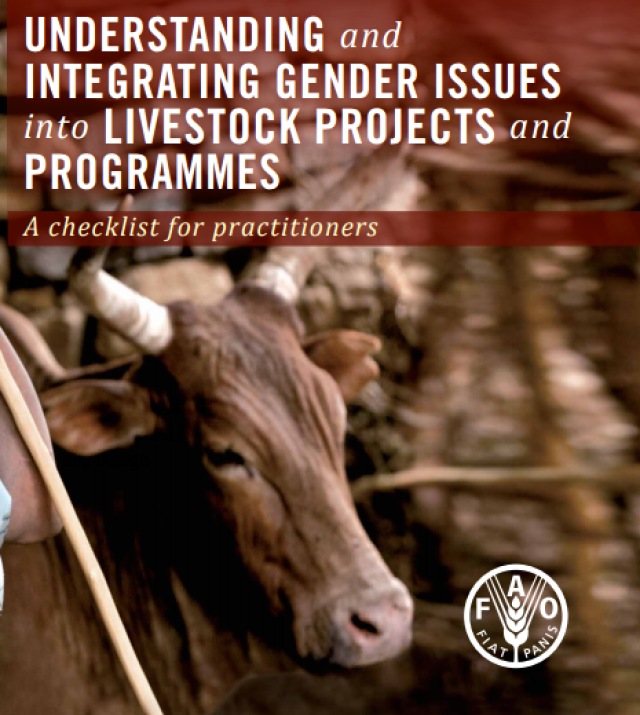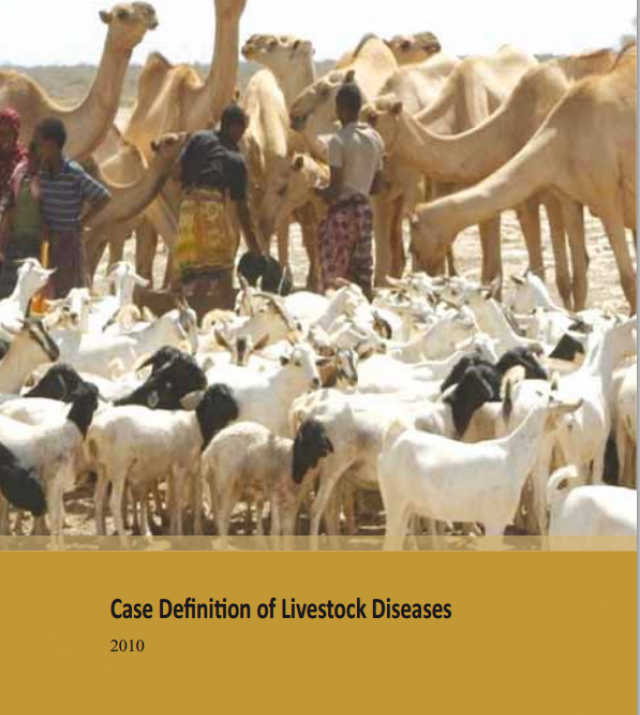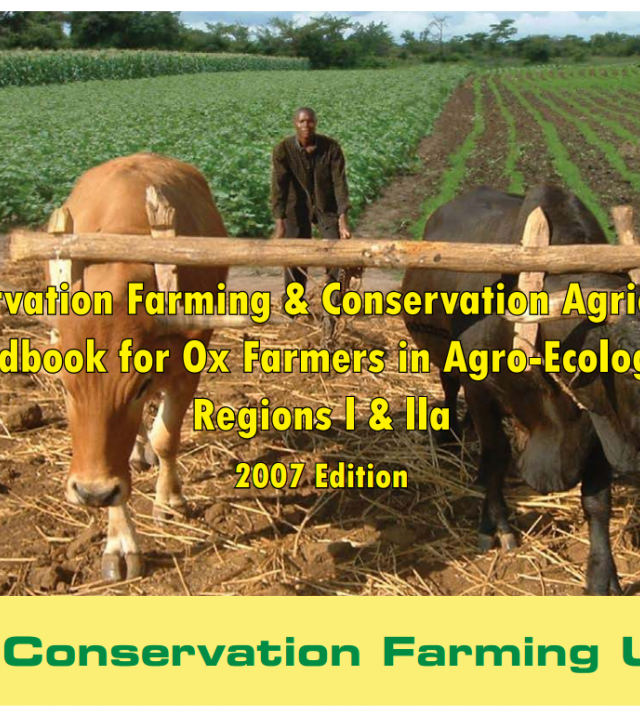
Honey Bee Diseases and Pests: A Practical Guide

Honey bees play a vital role in the environment by pollinating both wild flowers and many agricultural crops as they forage for nectar and pollen, in addition to producing honey and beeswax. The essential and valuable activities of bees depend upon beekeepers maintaining a healthy population of honey bees, because like other insects and livestock, honey bees are subject to many diseases and pests.
The apiculture industry plays an important role in generating employment and in increasing family income in the rural areas of the world. Many developing countries are trying to improve the quality of their honey products but they frequently encounter the main obstacle in apiculture; control of diseases and pests of honey bees.
Therefore, it is very important to publish a practical guide for beekeepers and technicians of apiculture in order to control and prevent the diseases and pests of honey bees. This report provides the basic and practical technology applicable to beekeepers in the world on the importance of various pests and diseases of honey bee.
This practical guide to honey bee diseases and pests by Wolfgang Ritter and Pongthep Akratanakul is the revised edition of “Honey bee diseases and enemies in Asia”, published by FAO in 1987 as Agricultural Services Bulletin No. 68/5, and has been prepared under the auspices of the FAO programme on “Enhancing Food Quality and Safety by Strengthening Handling, Processing and Marketing in the Food Chain”.
The publication is further evidence of the continuing endeavours of FAO to promote beekeeping in developing countries as a low-cost means of improving local diets, increasing rural industry and purchasing power and diversifying sources of foreign exchange.

